Forgotten but important events of the 1970s
The 1970s were a time of vibrant change, often overshadowed by more dramatic decades. Yet, this was a period filled with pivotal moments that reshaped our world in subtle but profound ways.
From technological breakthroughs to cultural shifts, the ’70s laid the groundwork for many aspects of modern life. Let’s dive into this fascinating era and uncover the milestones that are often overlooked but undeniably significant.
The Birth of Modern Computing: Introduction of the Microprocessor
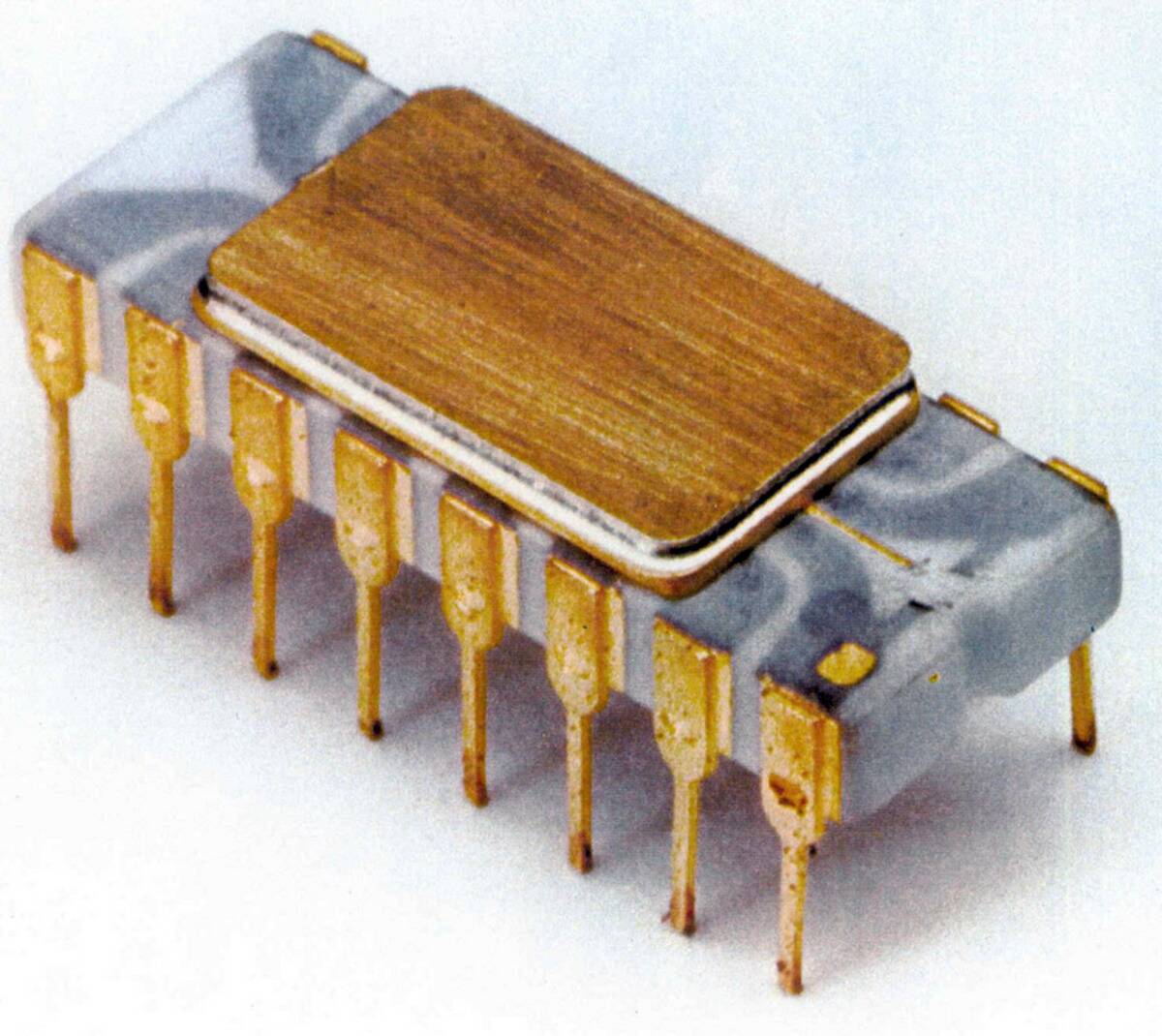
In 1971, Intel released the first commercial microprocessor, the Intel 4004, forever changing the landscape of computing. This tiny chip packed the power of an entire computer into a single integrated circuit, paving the way for personal computers and the digital age.
The invention of the microprocessor was a game-changer, enabling the development of technology that now forms the backbone of our digital world, from smartphones to smart homes.
Pioneer 10’s Journey: The First Spacecraft to the Outer Planets
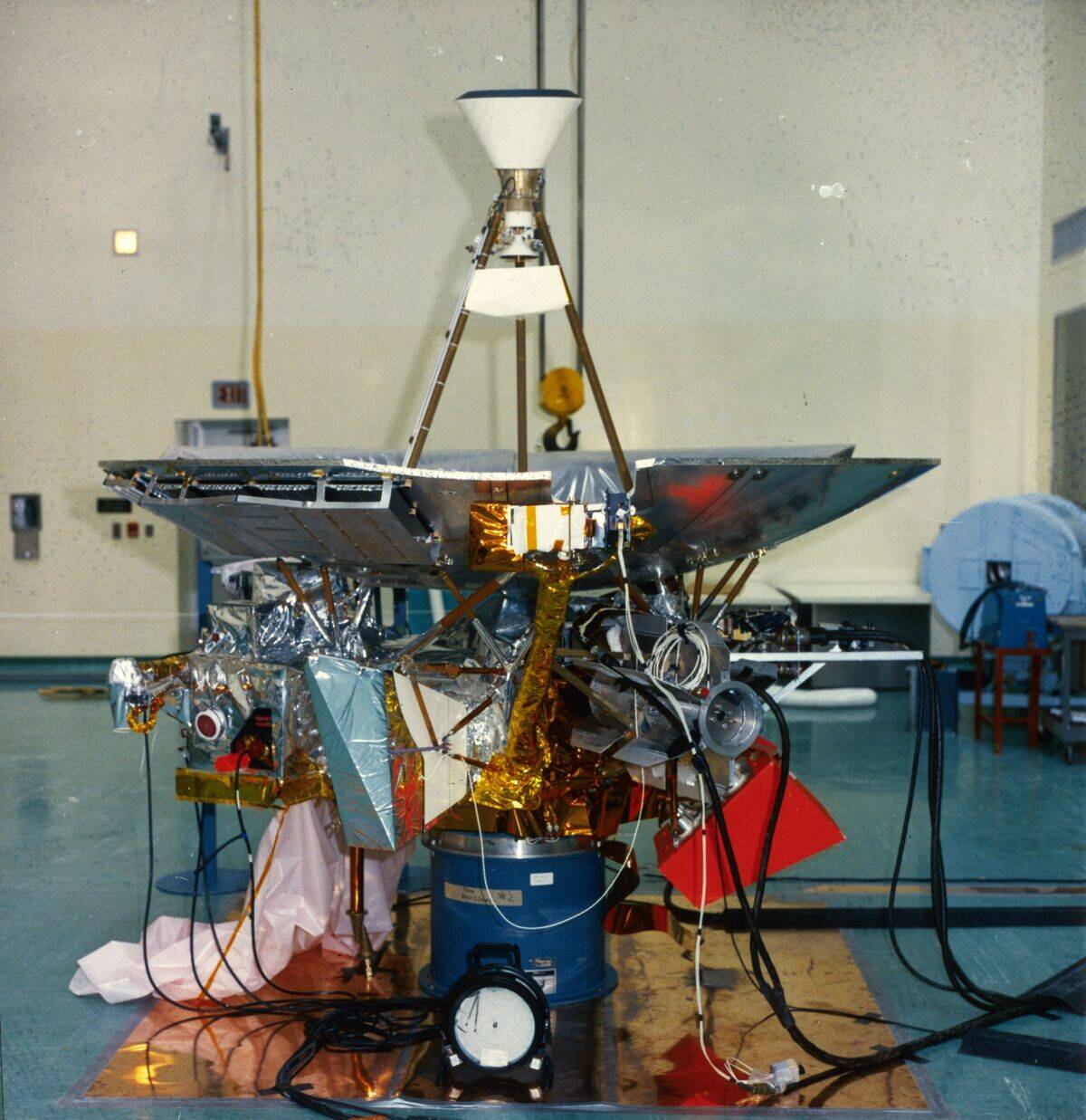
Launched in 1972, Pioneer 10 became the first spacecraft to travel through the asteroid belt and make a close encounter with Jupiter. This ambitious mission provided humanity with unprecedented images and data about the largest planet in our solar system.
Pioneer 10’s journey set the stage for future explorations of the outer planets, offering insights into the mysterious realms beyond the asteroid belt and expanding our understanding of space. Although its mission was originally supposed to take 21 months, Pioneer 10 ended up lasting 30 years as it explored the rest of the solar system.
The Rise of Feminism: The Women’s Strike for Equality

On August 26, 1970, women across the United States participated in the Women’s Strike for Equality, demanding equal rights in employment, education, and reproductive health. This event marked the 50th anniversary of the 19th Amendment, which granted women the right to vote.
The strike was a pivotal moment in the second-wave feminist movement, drawing attention to ongoing gender inequalities and inspiring legislative changes that advanced women’s rights.
The Dawning of Digital Music: The Invention of the Compact Disc
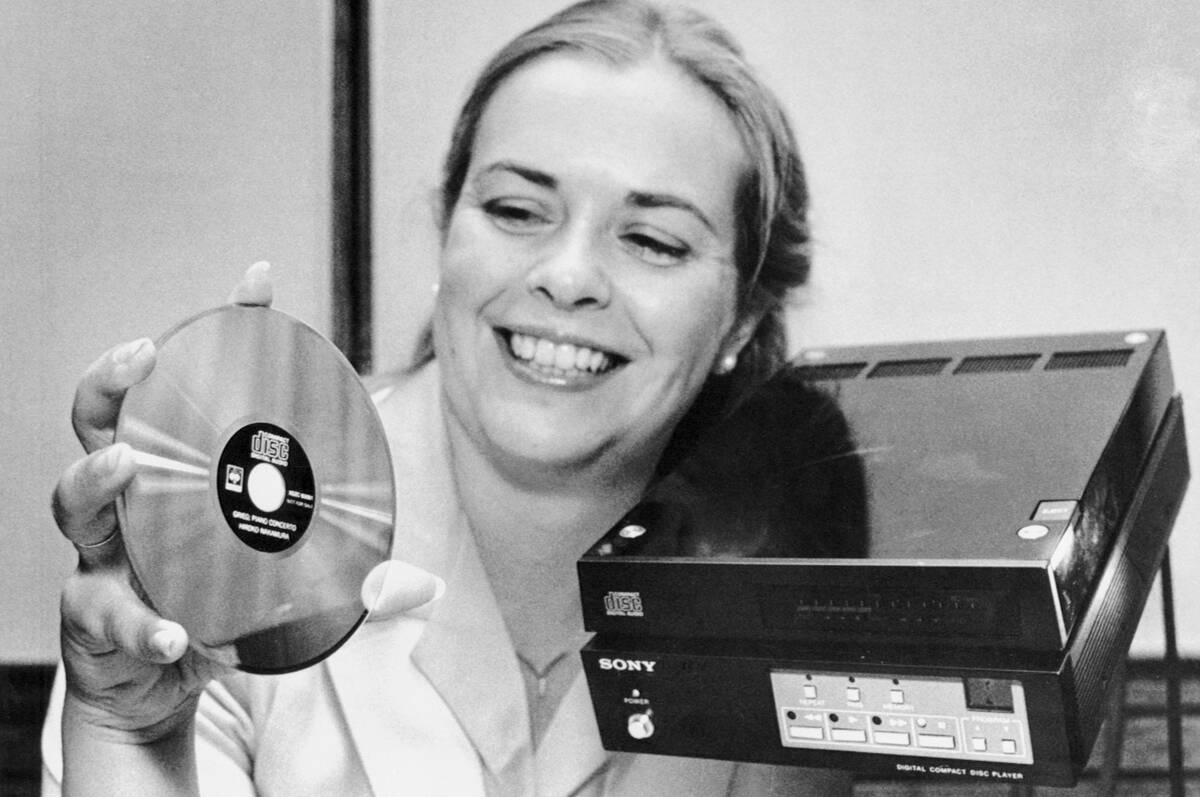
The compact disc was invented in the late 1970s by a collaboration between Philips and Sony, revolutionizing the way we listen to music. This digital format offered superior sound quality and durability compared to vinyl records and cassette tapes.
Although CDs wouldn’t hit the market until the early 1980s, their development marked the beginning of digital music, paving the way for the digital revolution in audio technology that followed.
The Quiet Revolution in Sports: Title IX and Gender Equality

Title IX was enacted in 1972 as part of the Education Amendments, prohibiting gender discrimination in any federally funded education program or activity. This legislation had a profound impact on sports, significantly increasing opportunities for female athletes in schools and colleges.
Title IX not only transformed the landscape of women’s sports but also played a crucial role in promoting gender equality in educational institutions across the United States.
The End of an Era: The Final Moon Landing of Apollo 17
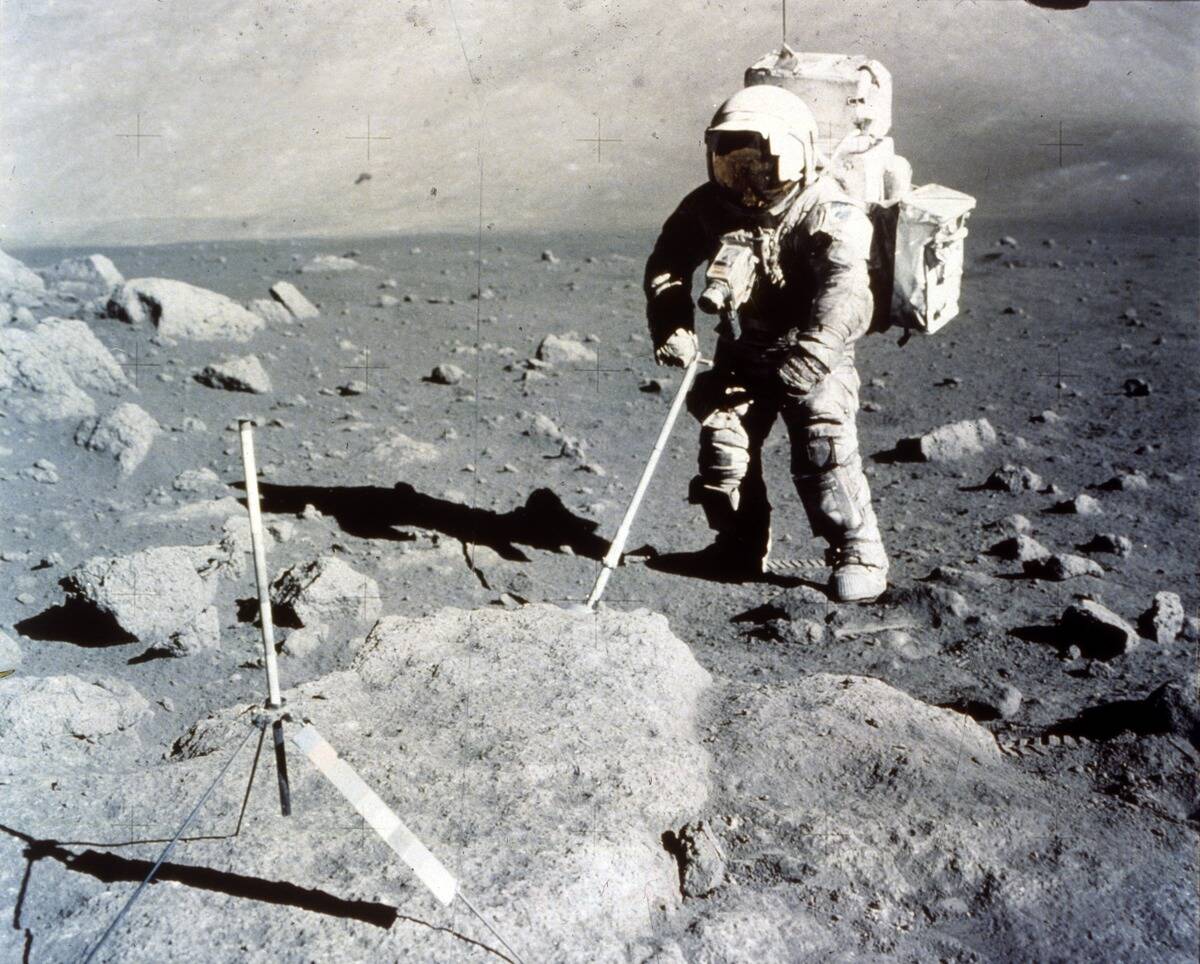
Apollo 17, the last mission of NASA’s Apollo program, landed on the moon in December 1972. Astronauts Eugene Cernan and Harrison Schmitt conducted extensive geological research, bringing back valuable lunar samples.
Apollo 17 marked the end of an era of human exploration on the moon, capturing the imagination of a generation and setting the stage for future endeavors in space exploration, including aspirations to return to the moon and beyond.
The Unseen Revolution: The Introduction of the VCR

The VCR, or Video Cassette Recorder, was introduced to the consumer market in the 1970s, changing the way people consumed media. It allowed individuals to record television shows and watch movies at their convenience, laying the groundwork for on-demand viewing.
This technological innovation paved the way for the home entertainment industry and marked the beginning of a new era in media consumption, where viewers could control their watching experience.
The Emergence of Punk Rock: A New Sound in Music

The punk rock movement emerged in the mid-1970s, bringing a raw, rebellious edge to the music scene. Bands like the Ramones and the Sex Pistols rejected the polished sound of mainstream rock, opting for fast-paced, stripped-down tracks with confrontational lyrics.
Punk rock became a cultural phenomenon, challenging societal norms and influencing various art forms, from fashion to visual arts, leaving a lasting impact on music and culture.
The Environmental Awakening: The First Earth Day Celebration

On April 22, 1970, millions of people across the United States celebrated the first Earth Day, marking the beginning of the modern environmental movement. This event was spearheaded by Senator Gaylord Nelson, who aimed to raise awareness about the need for environmental protection.
The celebration led to the creation of pivotal laws like the Clean Air Act and the establishment of the Environmental Protection Agency, setting a precedent for future environmental policies worldwide.
The Global Stage: The First World Environment Conference
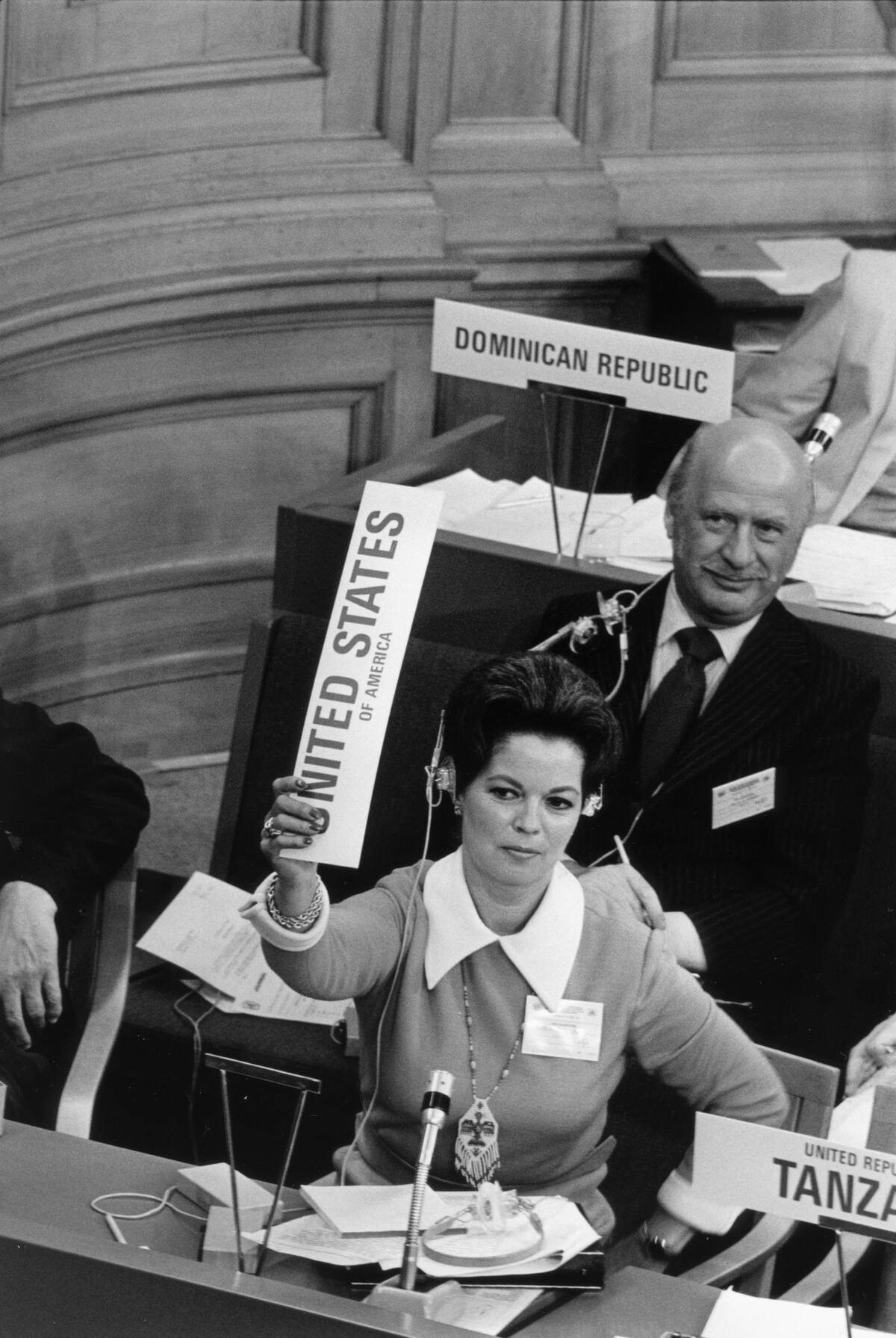
In 1972, the United Nations Conference on the Human Environment was held in Stockholm, marking the first major international meeting focused on environmental issues.
This conference brought together representatives from 122 countries to address global environmental challenges and laid the groundwork for future international cooperation on environmental policies. It was a landmark event that highlighted the importance of sustainable development and the need for global action to protect our planet.
The Quiet Giant: China’s Open Door Policy Begins

In 1978, China launched its Open Door Policy under the leadership of Deng Xiaoping, marking a pivotal shift in the country’s economic strategy. This policy aimed to open China to foreign businesses and investment, leading to rapid economic growth and modernization.
The Open Door Policy transformed China into one of the world’s largest economies, fostering an era of globalization and significantly impacting international trade and relations.
A New Era of Art: The Opening of the Centre Pompidou

The Centre Pompidou opened in Paris in 1977, revolutionizing the way art was presented and experienced. This cultural hub, known for its radical architecture, housed a vast collection of modern and contemporary art.
The Centre Pompidou became a symbol of innovation in the art world, offering a multidisciplinary space that blurred the lines between different forms of art and attracting millions of visitors, fostering a new appreciation for contemporary art and culture.



